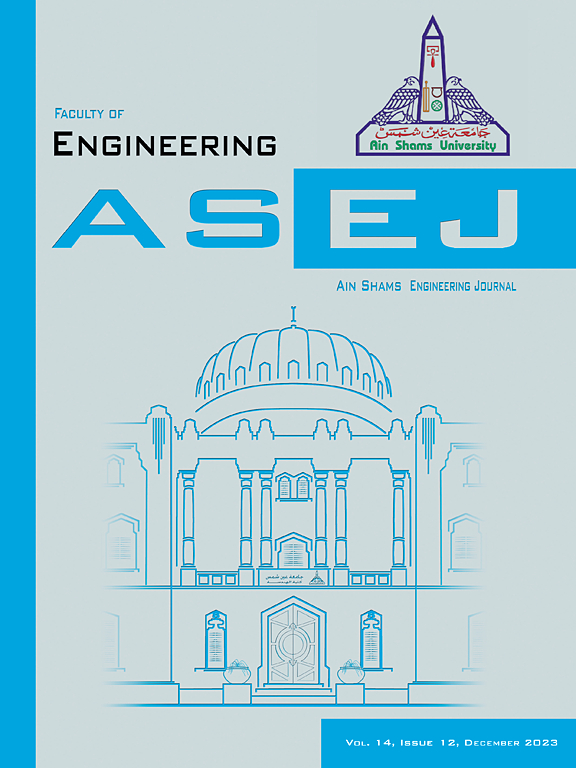Combined acoustic emission and electrochemical methods for analyzing the uniform corrosion behavior of X90 high-grade steel pipelines
IF 6
2区 工程技术
Q1 ENGINEERING, MULTIDISCIPLINARY
引用次数: 0
Abstract
Long-distance, large-diameter, and high-pressure pipelines represent the future of oil and gas pipeline construction. X90 pipeline steel is expected to become the standard steel due to its high transmission efficiency and lower cost in the future, yet corrosion poses the most significant challenge to the development of high-strength pipelines. This study focuses on monitoring the uniform corrosion process of X90 steels using acoustic emission (AE) and electrochemical testing systems. The AE signals from corrosion were processed using wavelet de-noising, decomposition, and reconstruction to extract signal characteristics. Experimental results reveal that the corrosion process of X90 steel can be categorized into three stages: initial metal dissolution, corrosion product accumulation, and corrosion stabilization. Signal activity and strength follow normal distributions throughout these stages. During metal dissolution and corrosion stabilization, AE signals exhibit a frequency range of 100–200 kHz with relatively low amplitude. Conversely, during corrosion product accumulation, signals display a narrow frequency range with higher amplitudes, typically around 3 × 10-4V. Moreover, the appearance of a double-peak signal suggests the presence of two distinct AE sources.
求助全文
约1分钟内获得全文
求助全文
来源期刊

Ain Shams Engineering Journal
Engineering-General Engineering
CiteScore
10.80
自引率
13.30%
发文量
441
审稿时长
49 weeks
期刊介绍:
in Shams Engineering Journal is an international journal devoted to publication of peer reviewed original high-quality research papers and review papers in both traditional topics and those of emerging science and technology. Areas of both theoretical and fundamental interest as well as those concerning industrial applications, emerging instrumental techniques and those which have some practical application to an aspect of human endeavor, such as the preservation of the environment, health, waste disposal are welcome. The overall focus is on original and rigorous scientific research results which have generic significance.
Ain Shams Engineering Journal focuses upon aspects of mechanical engineering, electrical engineering, civil engineering, chemical engineering, petroleum engineering, environmental engineering, architectural and urban planning engineering. Papers in which knowledge from other disciplines is integrated with engineering are especially welcome like nanotechnology, material sciences, and computational methods as well as applied basic sciences: engineering mathematics, physics and chemistry.
 求助内容:
求助内容: 应助结果提醒方式:
应助结果提醒方式:


